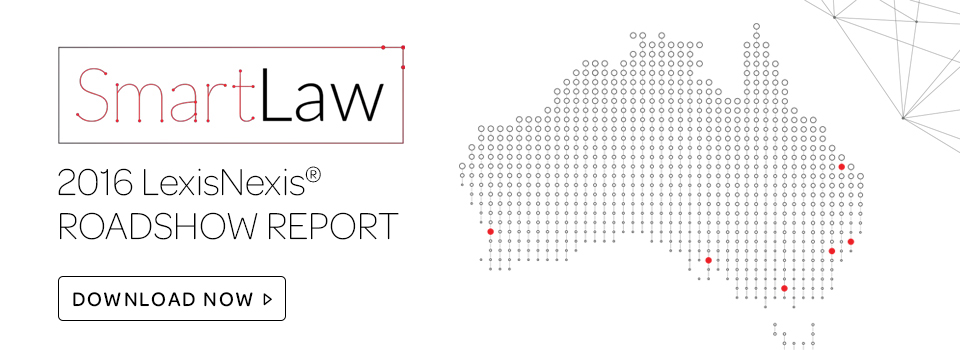Legal Service Design Jam Sydney – Report 2: People
04 August 2016 | Glenn Cooksley
If the wind will not serve, take the oars Latin proverb
The group came together to discuss the key issues in relation to 'people' in the legal industry and put oars in the hands of industry leaders. The Legal Service Jam participants were a diverse collection of lawyers, non-legal roles and management from large, mid and in-house organisations.
A need for change
After setting a scene a brainstorming session quickly revealed not only a phenomenal amount of ideas and suggestions but also a considerable web-like matrix of thoughts and ideas all intrinsically linked. After consideration 3 main 'challenge' areas were identified for the category of 'people' and positioned to the affirmative:
Wouldn't it be great if…
- Alternative career paths were valued – by firms, the industry, partners, with money, time and seniority
- There was a change of model from partnership to …..
- We could have a culture of collaboration and inclusivity
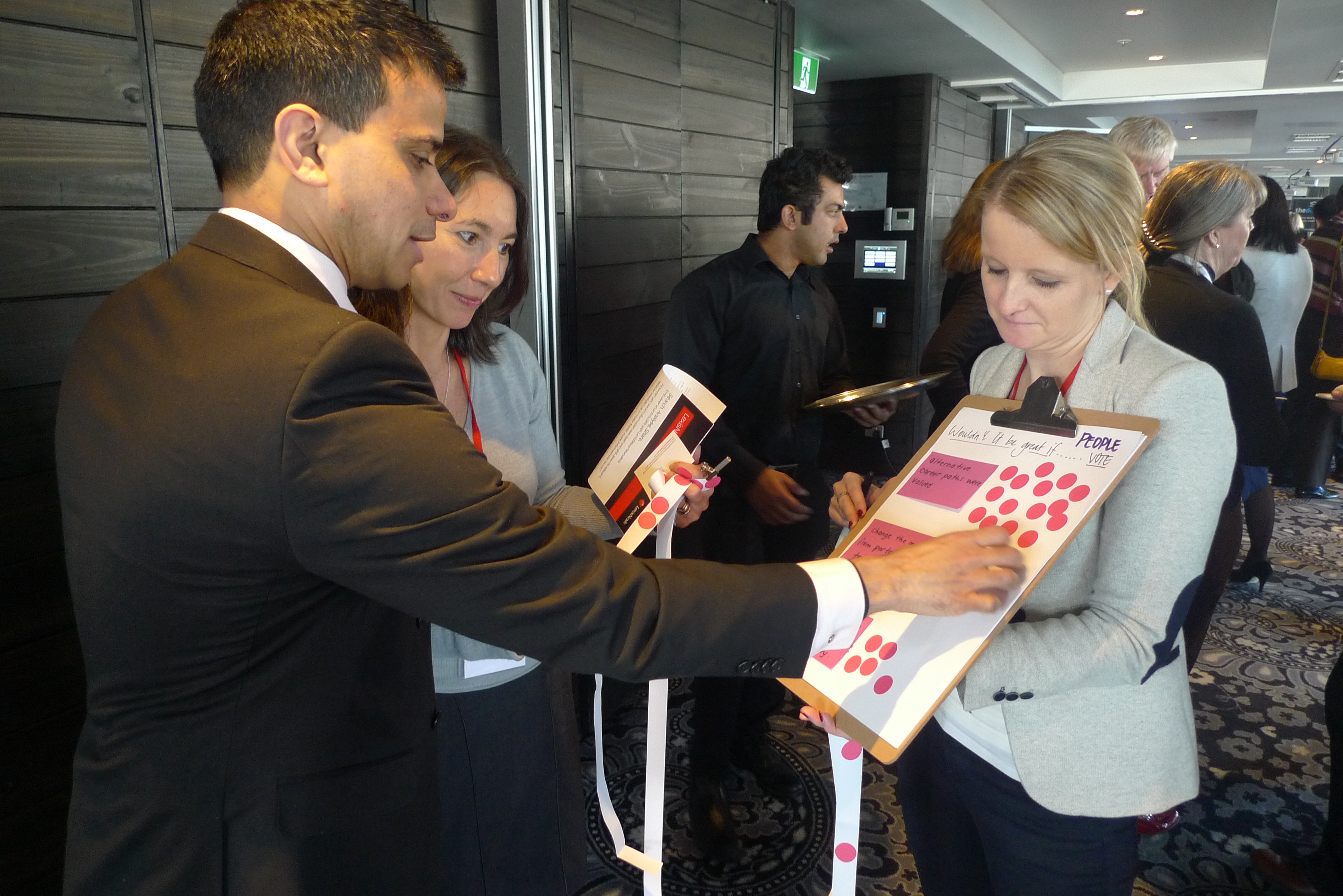
Through validation with attendees at the Janders Dean Conference, strong endorsement was received on the importance 'alternative career paths being valued' will have for the industry.
Further distillation posited a range of interesting observations and questions:
- Are the modern careers linear anymore?
- Recognition that in reality not all lawyers actual want to be partner (felt like it's never spoken to be at risk of not showing 'commitment')
- Is the partnership model useful to get the most out of professionals for the better of the customer?
- Diversity in roles within a firm produces better results?
- Management aren't always trained in management – particularly under historical partnership models
- Alternative business models and disruption from technology is leading to re-assessing the traditional legal roles within a firm and the workforces used
- There is a growing culture and movement to 'self' for careers
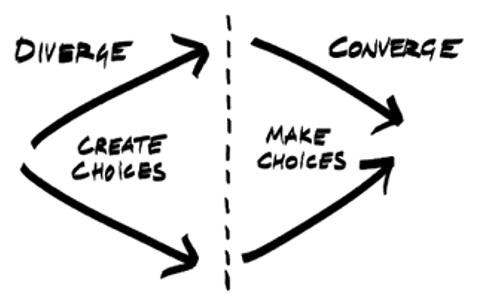
To support framing up our theme Sue Anderson and the factilitating team from CoSquared reinforced the use of a converge/diverge model. This proved valuable to ensure the end goal was not lost in a sea of micro post-it notes and Lego blocks!
What's the benefit – why do it?
Part of the process was to identify benefits possible. Several hypotheses were quickly identified:
- Providing employees with fulfilling careers will ensure they are happy will deliver longer tenure and commitment to an organisation
- This will cause better service and outcomes to clients
- Happy clients extends lifetime value and opportunity to earn more revenue
- It will support firm sustainability – flexible and committed workforce
- Creating diversity and equality in career paths (and roles) within a firm will lead to diverse thinking and greater creativity and innovation
- Diversity in a firms skill base provides opportunities to target different work – potentially in adjacent markets or deeper service offerings for existing customers (greater share of wallet and establishing deeper 'trusted advisory' functions)
- As an organisation being more creating and innovative provides opportunity to lead remain competitive and responsive to a changing demanding market
A model for change (a model for recognition before change)
With the challenge and benefits recognised, the focus turned to taking the web of information and ideas and moulding into something useful and practical.
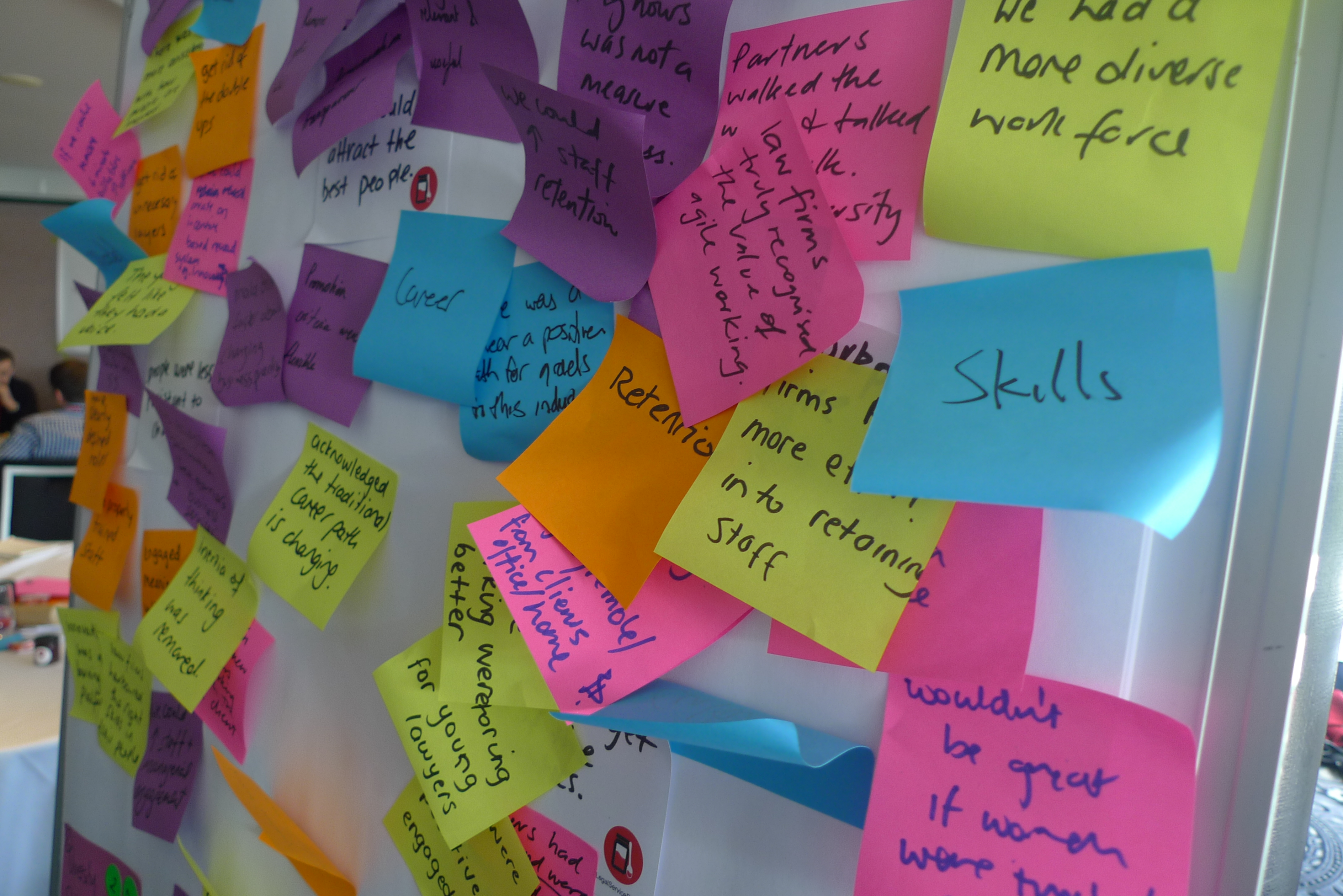
At the conclusion to an intense period of post-it note chaos, cluster analysis, debate, qualification and synthesis led to identification of quadrant view of areas for focus (which became interesting when the team needed to create a Lego illustration – be generous and understanding with your judgement on our skills):
- Physical Infrastructure – hardware, software, systems and connectivity
- Rewards, incentives and recognition – equity, remuneration, non-monetary options
- Leadership diversity – operating models (partnership model and execution – men, woman, non-legal, age
- Diversity – roles, skills, experience and people
A quick survey of conference delegates revealed these frustrations with process in law firms:
- Waste, duplication of effort
- Over-engineering, perfectionism
- Insufficient time spent thinking about process and an under-appreciation of time spent on non-billable activities
- Reluctance by lawyers to accept that what they do is a process rather than bespoke
- Lack of skill
- Rush to apply technology to a process before fully understanding it
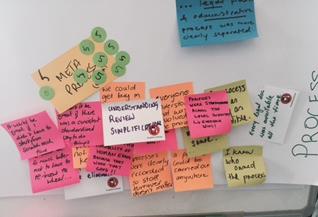
Generating ideas using the Process team rule "No idea is too stupid!"
We then brainstormed how process could positively affect legal services design, which we clustered into 5 themes.
- Relevant, good process
- Better collaboration between lawyers internally, and between lawyers and clients
- Removal of structural and cultural roadblocks
- Process identification, understanding, review and optimization
- Creation of "meta-processes" at an industry level
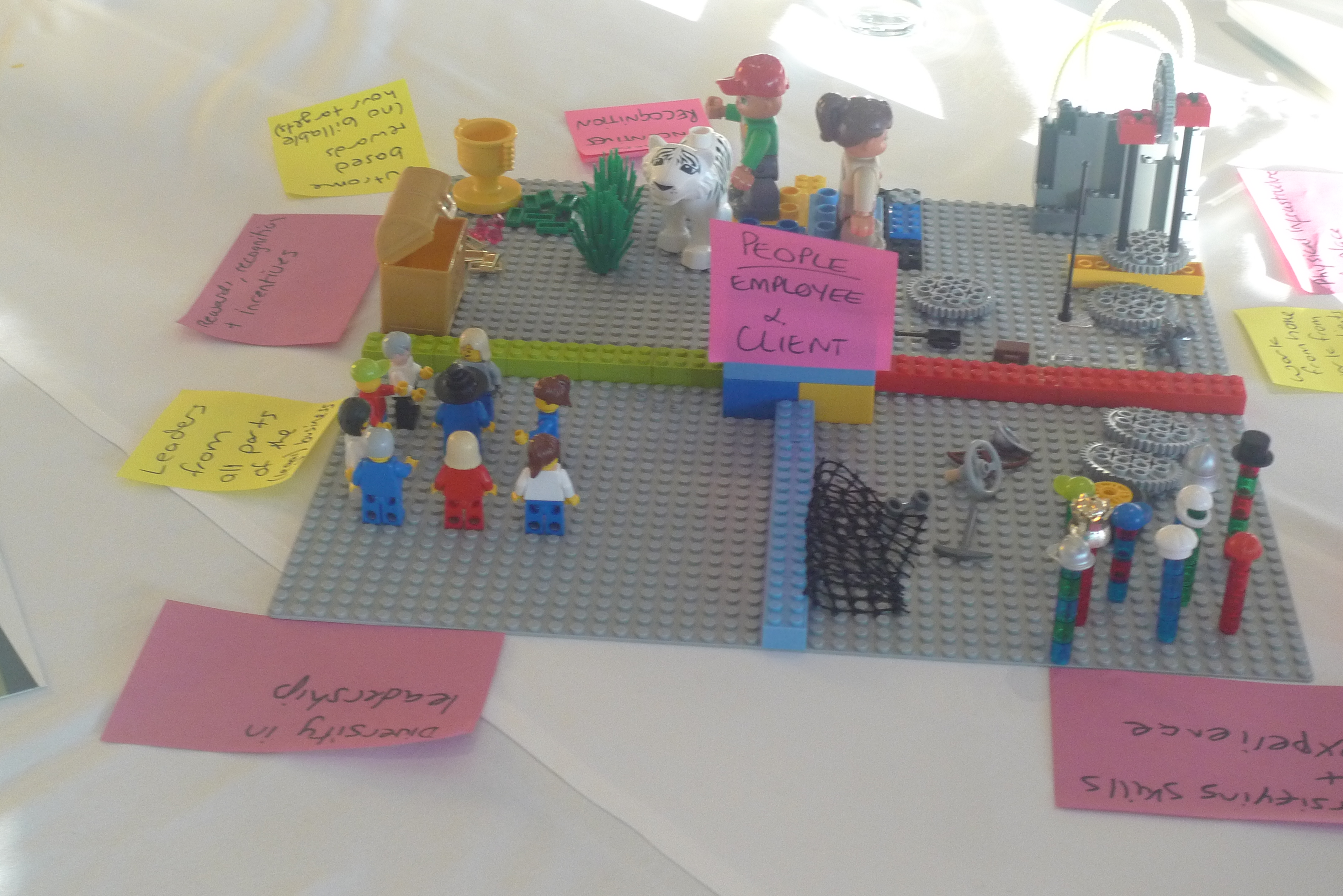
Prototyping a solution
The challenge laid down… "If you had x million dollars, what would you build with this information to help the industry?"
Challenge accepted … The team were charged, as the day had progressed a clear solution emerged for such a multi-faceted scenario.
A framework centred on the concept of a 'Career - Firm Health Check'.
Using the principal for the Jam session of 'done not perfect' the team pulled a 4 quadrant model together and created framework/prototype to enable firms to recognise and benchmark their 'state' relative to internal and market metrics. It was noted the model must be flexible to accommodate various segments in the industry including in-house legal business units.
The vision was for the tool to enable firms to self-analyse or use a 3rd parties to collect qualitative and quantitative data in each quadrant and benchmarked against industry or desired standards. Data such as:
- Industry benchmarks – and non-industry benchmarks (retention, tenure, remuneration models, flexible working models, etc.)
- Interviews – staff & customers
- Hard data - data across roles and specialisations, pay rates, remuneration options of money verse other such as time or funded external training, etc.
- Additional data such as internal policy documents, employment contracts, and data on pay rates for various roles within an organisation
It was envisaged that using the health check would be just the start for a firm. Based on the results from each of the component parts of the model, a related 'transformation' plan could emerge based on a range of initiatives and policy suggestions for their firm to apply.

It was great to work with such a talented group of intelligent and interesting people who were open, realistic yet optimistic about the potential for the legal industry.
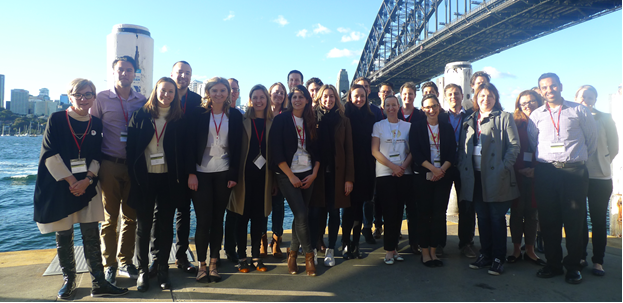
Read more about the Legal Service Design Jam Sydney and 'How jam can reinvent the future of law'
And for more about the Jam's designs:
Also, watch how the day panned out and what the participants had to say.
 LexisNexis
LexisNexis
